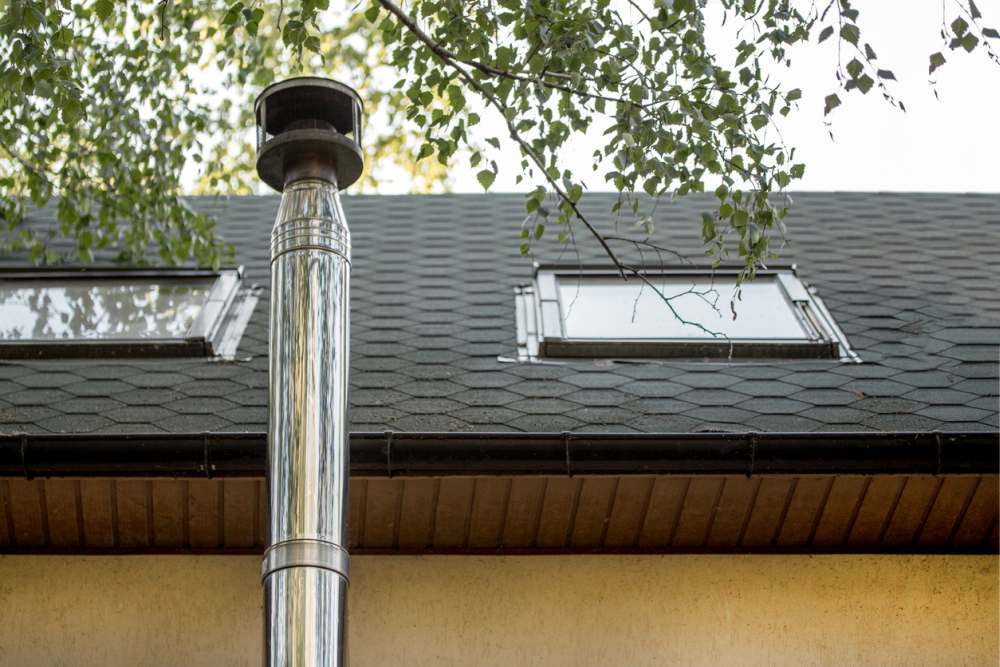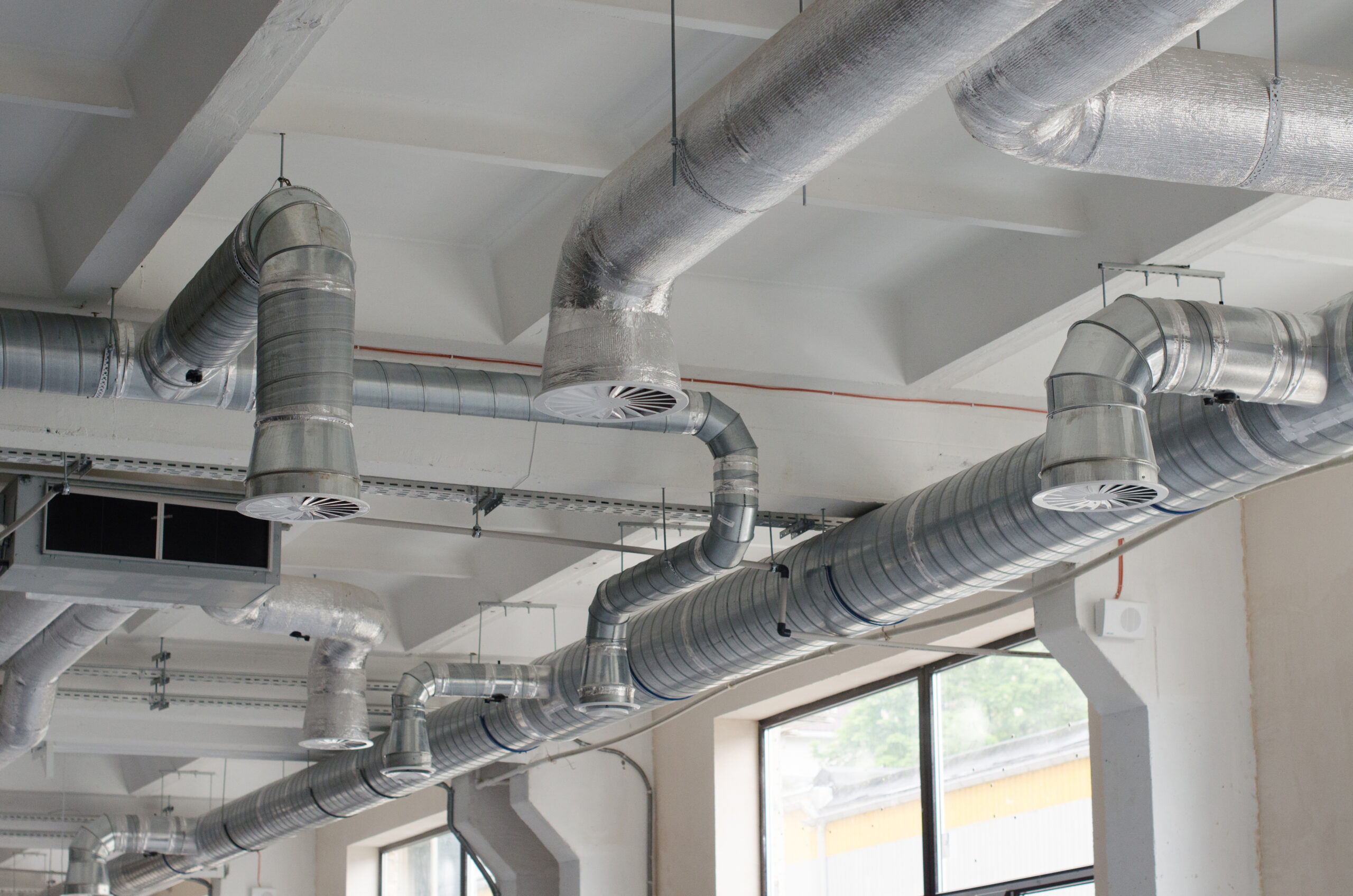Exploring The Significance of Adequate Ventilation in Plumbing Systems
Exploring The Significance of Adequate Ventilation in Plumbing Systems
Blog Article
We've stumbled upon this article about Essential Plumbing Vent Pipes: Understanding Their Role down the page on the web and reckoned it made sense to quickly share it with you over here.

Correct air flow in plumbing systems is frequently overlooked, yet it is important for keeping the capability and security of your home's plumbing. Air flow helps manage atmospheric pressure, stop the buildup of dangerous gases, and ensure the effective elimination of waste. In this guide, we will explore the value of proper plumbing air flow, just how it functions, and the advantages it offers your pipes system.
Understanding Air Flow in Pipes
Air flow in pipes describes the network of pipes that permit air to flow with the drainage system. These vents offer multiple purposes, consisting of regulating atmospheric pressure within the pipelines, protecting against sewage system gases from getting in the home, and helping in the smooth flow of wastewater.
Just How Air Flow Works in Plumbing Equipments
Atmospheric Pressure Policy
Correct ventilation maintains well balanced air pressure within the plumbing system. When water flows via pipelines, it displaces air. Without sufficient air flow, this variation can create unfavorable stress, leading to slow down drains pipes or siphoning of water from catches, which can create unpleasant smells to leak into the home.
Avoiding Drain Gas Buildup
Among one of the most essential features of pipes vents is to avoid sewer gases, such as methane and hydrogen sulfide, from accumulating within the home. These gases can present serious health and wellness threats and are highly flammable. Vent pipes permit these gases to escape safely outdoors.
Aiding in Waste Elimination
Air flow assists in the effective removal of wastewater by protecting against airlocks in the water drainage system. When air can move easily with the vents, it permits water and waste to move efficiently with the pipelines, decreasing the danger of blockages and backups.
Sorts Of Plumbing Vents
Key Heap Vent
The main pile vent, likewise referred to as the vent pile, is the main air vent in a plumbing system. It expands from the primary drainpipe line up with the roofing system, allowing gases to get away and fresh air to get in the system.
Branch Vent
Branch vents connect to the main pile air vent and serve specific fixtures, such as sinks, commodes, and showers. These vents make sure that each component has ample air flow to function effectively.
Air Admittance Shutoff (AAV).
An Air Admittance Valve (AAV) is a one-way shutoff that permits air to go into the pipes system without the requirement for a conventional vent pipeline expanding via the roof covering. AAVs are typically used in improvements or areas where installing a typical air vent is not practical.
Indicators of Poor Ventilation in Pipes.
Slow Draining Fixtures.
If your sinks, tubs, or toilets are draining pipes slowly, it could be an indicator of inadequate air flow. Insufficient air flow can create a vacuum cleaner impact, making it difficult for water to drain pipes effectively.
Gurgling Sounds.
Gurgling audios coming from drains pipes are typically a result of air being sucked through water traps because of negative stress in the pipes. This is a clear sign of not enough ventilation.
Unpleasant Smells.
Sewage system smells inside your home are a red flag that your plumbing system is not correctly aerated. This can mean that sewer gases are not being appropriately vented outside, bring about possibly hazardous conditions.
Usual Air Flow Blunders.
Inadequate Vent Sizing.
Making use of small vent pipes can result in poor air flow and pressure imbalances in the system. It's important to utilize vents that meet the details requirements of your plumbing system.
Improper Vent Positioning.
Putting vents too much from the fixtures they offer can lower their effectiveness. Appropriate positioning ensures that air can move freely and efficiently with the system.
Ignoring Code Needs.
Building ordinance supply specific standards for pipes ventilation. Ignoring these codes can lead to a system that fails to work appropriately and may result in expensive repair services or carcinogen.
Benefits of Appropriate Air Flow.
Boosted System Performance.
Appropriately aerated pipes systems run extra successfully, with less blockages, faster draining, and less stress on the pipes. This effectiveness prolongs the lifespan of the pipes system.
Improved Air High Quality.
By preventing sewage system gases from entering your home, appropriate air flow adds to far better interior air high quality, making your living atmosphere healthier and much more comfortable.
Protecting Against Water Damages.
Appropriate air flow aids stop water from being siphoned out of traps, which can bring about sewage system gases going into the home and causing water damages over time.
Actions to Ensure Proper Air Flow.
Consulting Plumbing Codes.
Always speak with regional pipes codes when creating or customizing your pipes system. These codes provide the required standards for correct venting and ensure your system satisfies security criteria.
Normal Inspection and Maintenance.
Routine examinations can assist recognize potential air flow issues prior to they come to be significant troubles. Upkeep tasks, such as cleansing air vent pipes and looking for obstructions, are crucial for maintaining the system in good working order.
Specialist Setup.
For brand-new installments or major modifications, it's a good idea to hire a specialist plumber. They have the proficiency to make certain the air flow system is appropriately developed and set up according to code.
Final thought.
Correct ventilation is a vital element of any type of pipes system, guaranteeing that it operates efficiently and securely. By understanding the significance of ventilation, recognizing the indicators of inadequate air flow, and taking steps to keep your system, you can stop expensive issues and shield your home's air high quality.
4 Things You Should Know About Your Plumbing Vents
What Plumbing Vents Are
Also called a vent stack, a plumbing vent is a vertical pipe attached to your drain line that runs through your roof. The plumbing vent pipe, or plumbing air vent, removes gas and odors from your plumbing system and allows fresh air to enter the pipes, helping the water to flow out of the drain pipes.
What Plumbing Vents Do
Plumbing vents have two basic functions. One of which is to allow unpleasant smelling wastewater and sewer gasses to escape your plumbing system instead of entering your home. Plumbing vent pipes are typically located on roofs, away from windows, to ensure the fumes exit the home completely.
The other function of the plumbing vent is to move fresh air into your plumbing system. This helps move water through every plumbing fixture in your house, like toilets and sink drains. Think of the way in which you need to let a little air into the bottle as you pour soda in order to make the drink flow smoothly.
Different Types of Plumbing Vents
True vent: This is the most common vent option. In simplest terms, a true vent is a vertical pipe attached to your drain line that exits through the roof. They often function as the main vent that other fixtures can connect to. Re-vent pipe or auxiliary vent: Attached to the drain line near specific plumbing fixtures, re-vent pipes run up and over to connect to the main vent. Common vent: Two plumbing fixtures installed on opposite sides of a wall are typically tied into the vent stack using something known as a sanitary cross. Wet vent: This venting option operates as a drain pipe and a vent at the same time. Wet vent drainage systems drain water from one fixture while venting the air from another. Although they’ve been used for over 100 years, wet vent systems have only recently been added to the plumbing code in many areas. If you’re planning on installing one in a bathroom remodel, make sure you check your local code prior to construction. Loop vent: For free-standing fixtures like kitchen island sinks, loop vents are ideal. These vent pipes run under the floor, rise from the P-trap, and create a loop inside the cabinet sink. Air admittance valve: An AAV is a one-way mechanical valve typically installed at the site of the plumbing fixture. AAVs allow venting to occur without having to tie into a larger venting system. They’re ideal for venting fixtures where you aren’t able to easily connect to an existing vent system. Common Plumbing Vent Issues
Although vent pipes typically don’t have water flowing through them, they’re still subject to many typical plumbing issues. For example, clogs are one of the most common problems associated with sewer vent pipes. If your vent pipe gets clogged, all of your plumbing fixtures tied into the vent stack will be affected.
A sink with a slow drain that bubbles and gurgles or a strong sewage smell around your toilet are both indicators that your toilet vent pipe is clogged. Because most vent pipes exit through the roof, old leaves, twigs or even a bird’s nest could be clogging the pipe.
Clogs in your vent pipe system cause a buildup of negative pressure, meaning that water won’t be able to flow out of your home very well. It’s similar to putting your finger over the opening of a straw to trap water inside. When you remove your finger, the water is able to flow out of the straw.
If you suspect you have any blockage in your vent, make sure you have a professional come examine the situation. Left unchecked, a blocked air vent can lead to other costly repairs, like leaks and sediment buildup.
Under Pressure
Pipe vents are essential aspects of a home’s plumbing system. Owning a home means learning about all sorts of things you never put much thought into before. But by understanding as much as you can about the important systems of your home, you can keep those budgets intact and those anxiety levels low.
https://www.homeserve.com/en-us/blog/home-improvement/plumbing-vents/

We were made aware of that write-up on What Is A Plumbing Vent & How Do They Work? from a good friend on our other web page. Sharing is nice. You won't know, you may just be helping someone out. I praise you for being here. Please come visit our site back soon.
Call Today Report this page